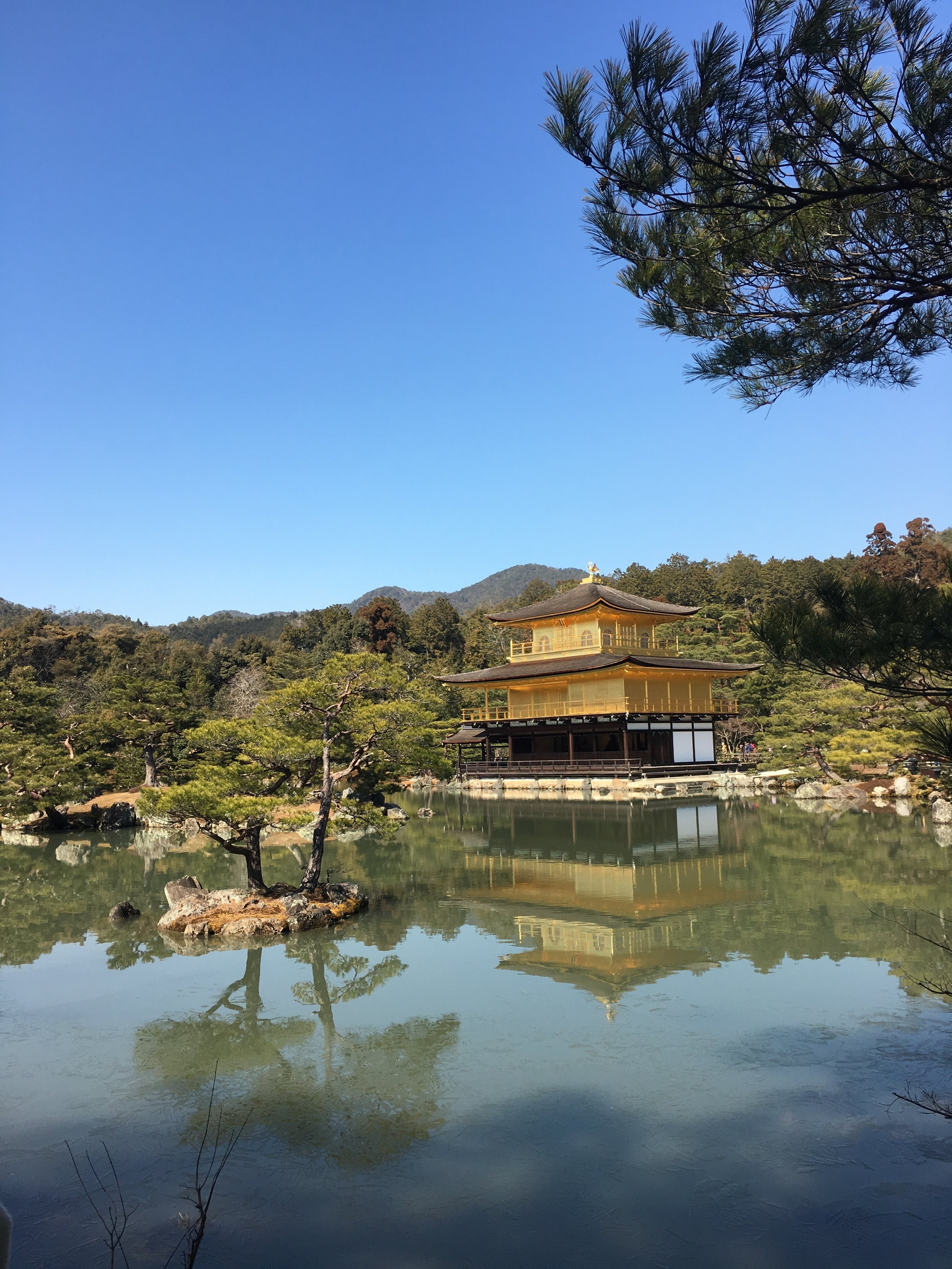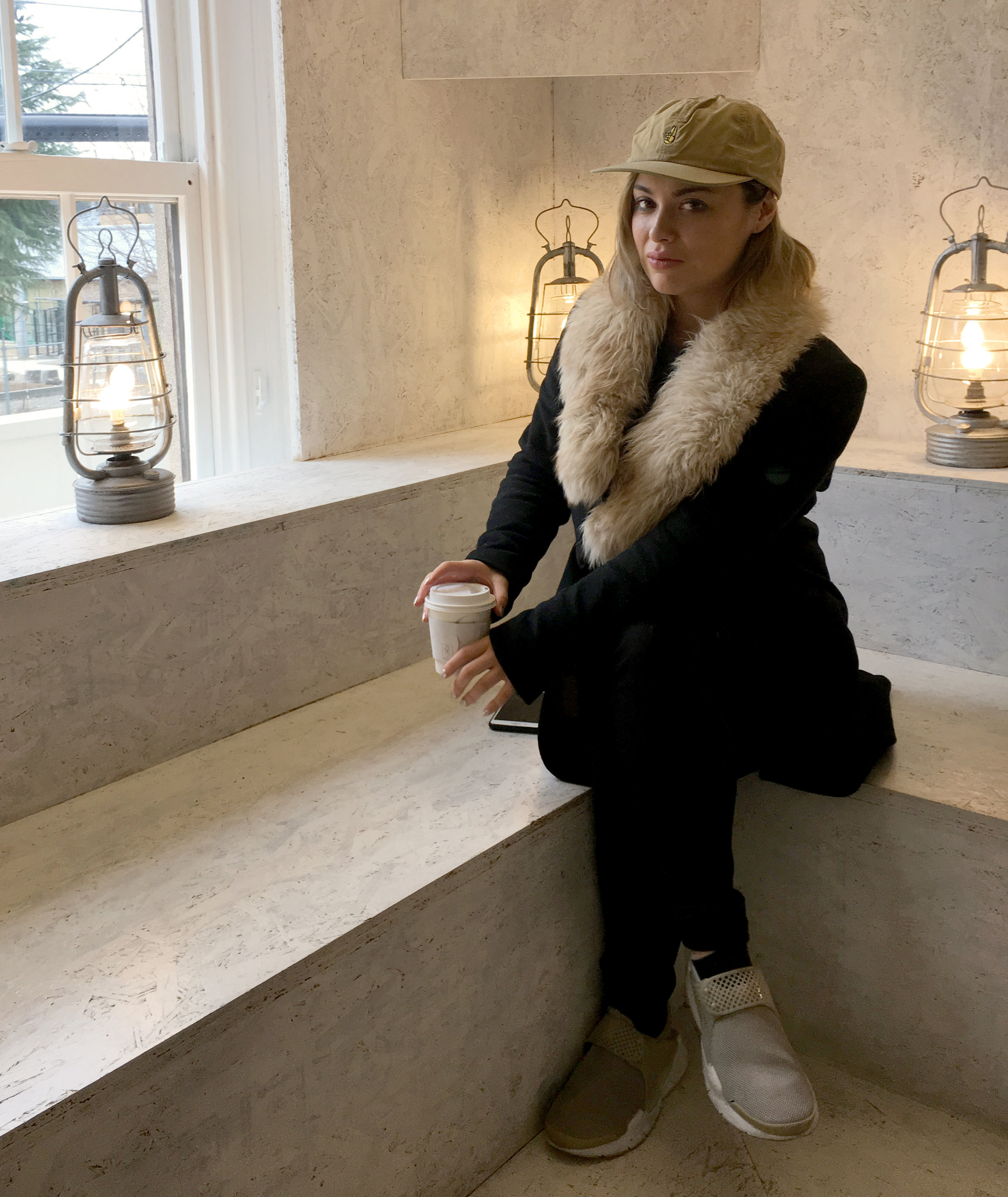Inside Kyoto's Mysterious Modern Culture
Most Kyoto guidebooks suggest visiting the city’s stunning shrines, ancient temples, and traditional teahouses, but the advice seems to stop there. As a visitor, it is tricky to tap into modern Kyoto—a place with a rich sense of tradition, a culture of patronage, and hidden pockets of arts and music.
Enter Sara Aiko, founder of Curated Kyoto, a travel company dedicated to providing visitors with a deeply personal experience of the city.
Sara Aiko, founder of Curated Kyoto
We chatted with Sara at Walden Woods Cafe, a coffee shop designed to emulate the feelings evoked from Thoreau's writing. Yes, it’s places like this - thoughtfully designed spaces and experiences - that make Kyoto, Kyoto. Sara explains, “I don’t like using the word unique to describe a city, because every city is unique. But it's the only word I can use. Kyoto is very unique, even in Japan.”
Throughout history, Kyoto has been the cultural hub (in addition to being the actual capital for over 1,000 years) of Japan. Walking through Gion, viewing manicured gardens, and visiting the beautiful shrines is truly awe inspiring. As Sara says, so much of “the charm of the city” lies in the commitment to preserve culture, heritage, and tradition.
However, it is the delicate combination of both past and present elements that Sara finds so inspiring about the city. She tells us, “Kyoto really knows how to mix modern elements and traditional elements together. That's why I love the city. They still have the old, but know how to make it relatable to people. That's really hard to do. It can easily become tacky, too modern, or too cool and lose that charm. But in Kyoto, they know how to do it in a subtle way.”
Subtle is a word often used to describe the city. Sara says, “Japanese culture is subtle, but Kyoto is particularly subtle. This includes communication here. We're not very loud. Even our design and creativity is subtle.” But she is quick to add, “but there's an edginess to Kyoto as well that's being created by the younger generation. It’s just starting to pop up.” Sara explains that due to a relatively low cost of living, “people feel like they can focus more on freedom of expression rather than what will sell commercially.”
Gion, Kyoto
Sara describes these new modes of expression as, “Freedom. A way of expressing without conforming to the Kyoto way or Japanese culture. Japanese culture is very rule based. These artists have given themselves permission to be more themselves.” Y Gion is an example of a new space that aims to support this emerging scene. The multipurpose venue was started by Takuma Inoue to bring the creative community together. Despite the prominence of galleries and cafes, there previously weren’t places for artists to go and feel free. Thanks to people like Takuma, that’s starting to change.
There is so much to discover in Kyoto, but much of the scene remains under wraps. As an outsider, Kyoto remains mysterious, sublime, and fascinatingly unique. If you want a chance to peek into the creative side of Kyoto—a place that is growing a creative culture in a respectful, but modern way, we recommend reaching out to Sara and to book a personalized experience at Curated Kyoto. She gives a view into the side of Kyoto that just can’t be found in a guidebook.





